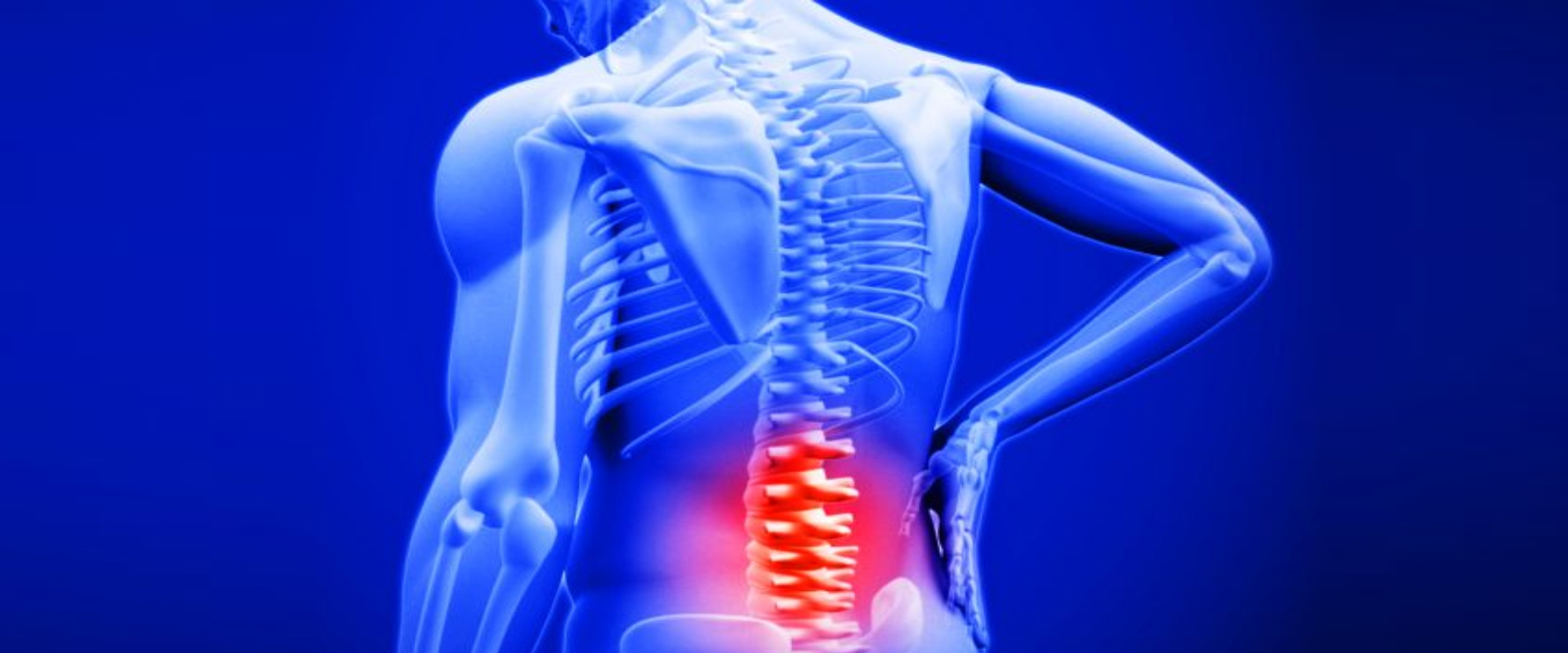
Low Backache is a condition that affects >60% of the general population at some point in life, often to the point of missing work because of it. Lower back pain affects both genders equally, whether men or women. While most of the pains go within a few days, some may persist for a long time, even years in worst cases.
There are two types of backaches, one is acute and other is chronic. Acute pain is short-lived and more intense in nature. It can be a result of some trauma, injury, accident or strain on spinal tissues. Any of these can make the body stiff, unable to stand straight, or radiate the pain from one body part to the other. Sometimes a sedentary lifestyle can also result in acute pains in the lower back.
On the other hand, Chronic low back pain is long-lasting, lower back pain—it is defined as continuing for more than three months—and has many different causes, some of which can be a result of obesity, undernourishment, stress, bad posture, and unhealthy lifestyle.
For most people with back pain, a specific cause can’t be found. However, the most common cause of low back pain is muscle or ligament strains. If back pain comes on suddenly or after an injury, its usually a sign of a muscle tear, sprained ligament, or disc problem. A prolapsed or slipped disc occurs when pressure on a disc causes it to bulge or rupture, pushing cartilage backwards or sideways. The cartilage presses on the spinal cord nerve roots, causing severe pain. Many conditions such as osteoporosis, osteoarthritis, fibromyalgia, ankylosing spondylitis, and spinal canal stenosis can cause back pain. Pregnancy can also cause back pain because of the extra body weight, changes in muscle and ligament firmness, and because the baby’s head compresses upon mother’ s spinal nerves. Overweight people are also more prone to back pain due to poorer posture and the extra pressure that increased body weight places on discs and muscles.
Although uncommon, there are some potentially serious causes of low back pain that don’t involve injury to the back. These can include infection or tumours of the spine and referred pain of pneumonia, gallbladder disease, kidney infections, stomach problems (e.g., ulcer, appendicitis), abdominal aortic aneurysm,. The lower back consists of vertebrae of the spine, intervertebral discs (a kind of cushion made of cartilage that fits between two vertebrae), muscles and ligaments. The spinal canal contains the spinal cord and nerve roots supplying lower limbs and pelvis. To visualize these structures of the back, we need imaging of the spine. X-ray CT and MRI examinations are called imaging tests because they take pictures, or images, of the inside of the body. MRI is considered best imaging modality for spine as the spine mainly contains soft tissue structure (except vertebrae) which are more clearly visualized on MRI.
Your doctor will recommend for an MRI of spine if you have acute or chronic back ache along with fever, any injury, swelling, cancer, numbness, or birth defects. An MRI scan shows the minutest details to absolute accuracy of the spinal structures and the sensitive areas. An MRI scan can also show the problematic areas of the spine even when you have no visible pains or symptoms. In this manner, any severity of the problem can be diagnosed on time and can be prevented before it is too late. An MRI is a round imaging machine, with a long projection for the patient to lie down. As the patient lies down, he/she is glided into the inner circle of the MRI machine, where the machine captures images of the spine. In this way an all round picture of the spine is created which tells the doctor what the problem is and reveals the groundbreaking diagnosis.
Although an MRI is not suggested for initial backache problems, but it is highly beneficial for early diagnosis. Mostly doctors first set up a medical regime to understand the cause of the problem and if the lower backache seems incurable, an MRI is suggested. Degenerative discs diseases along with Tumors and Tuberculosis of spine are the most common conditions found on MRI in backache patients. MRI helps in both diagnosing the cause and quantify the amount of disease so as early intervention can be done if required. MRI is requested by many spine surgeons before planning surgeries to look for the exact site and degree of pathology. Also MRI is suggested in follow up of the patients to see if the treatment is working.
Pre Insurance Health Check Partner.
We are committed to improving people’s lives through personalized health care. When you refer your patient to us, we are pleased to assist you with the diagnosis, treatment and monitoring of your patients’ care